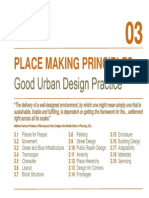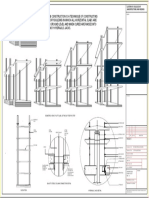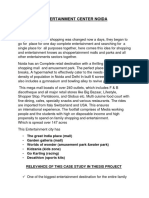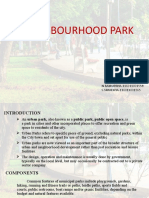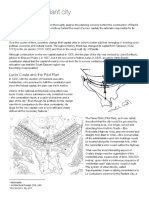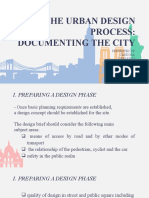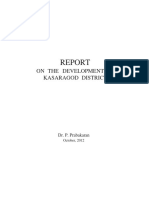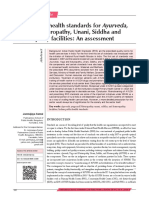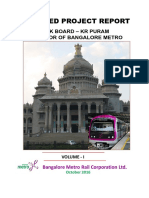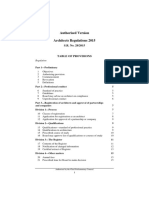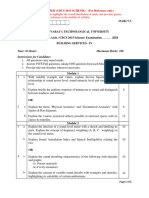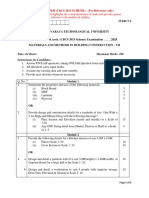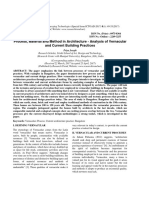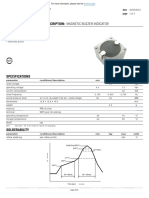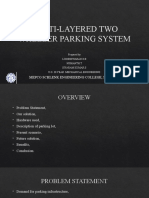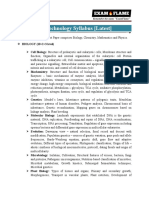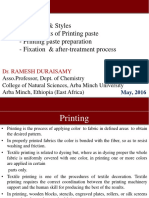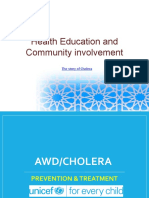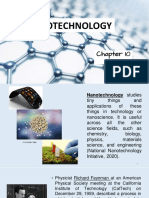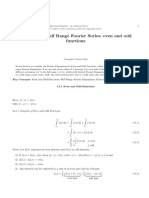100% found this document useful (1 vote)
445 views12 pagesPlacemaking: Community-Centric Public Spaces
Placemaking is a multi-faceted approach to planning, designing, and managing public spaces in a community-led way. It aims to promote public health, happiness, and well-being through mixed-use development, pedestrian-friendly streets, open spaces, and a sense of place. Placemaking focuses on how people use public spaces and strengthening the connection between people and the places they share. It is a collaborative process that capitalizes on a community's assets to collectively reimagine public spaces as the heart of the community.
Uploaded by
Archana M NairCopyright
© © All Rights Reserved
We take content rights seriously. If you suspect this is your content, claim it here.
Available Formats
Download as PPTX, PDF, TXT or read online on Scribd
100% found this document useful (1 vote)
445 views12 pagesPlacemaking: Community-Centric Public Spaces
Placemaking is a multi-faceted approach to planning, designing, and managing public spaces in a community-led way. It aims to promote public health, happiness, and well-being through mixed-use development, pedestrian-friendly streets, open spaces, and a sense of place. Placemaking focuses on how people use public spaces and strengthening the connection between people and the places they share. It is a collaborative process that capitalizes on a community's assets to collectively reimagine public spaces as the heart of the community.
Uploaded by
Archana M NairCopyright
© © All Rights Reserved
We take content rights seriously. If you suspect this is your content, claim it here.
Available Formats
Download as PPTX, PDF, TXT or read online on Scribd
/ 12
